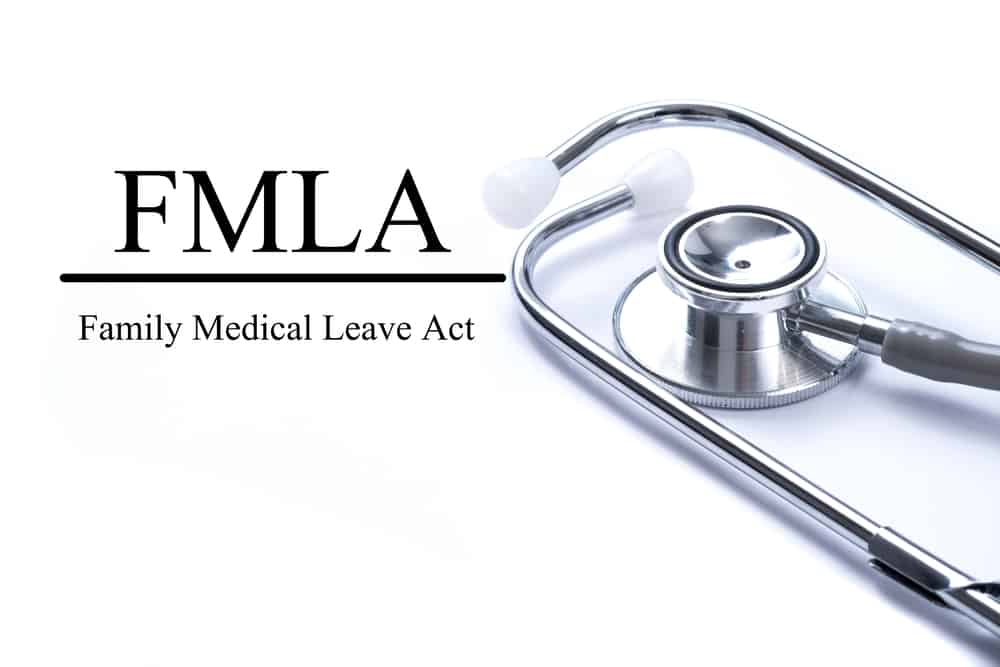
The FMLA can be a complicated regulation for employers to decode. If you have tried to sort through it but still have questions, don’t worry. As a Colorado PEO, StaffScapes has helped dozens of companies navigate successfully through FMLA issues.
Below you will find the most critical things you need to know about the FMLA in a more readable format than the Department of Labor provides. (For complete detail, visit the U.S. Department of Labor’s site.)
1. FMLA Covered Employers and Eligible Employees
A covered employer is defined in three ways:
- Any elementary or secondary school (public or private);
- Any public agency (Federal, local or state);
- Any private-sector employer providing work for 50 or more employees for 20 or more workweeks in the current or previous calendar year.
An eligible employee, entitled to take FMLA leave, is one who:
- Works for a covered employer at a location where the employer has at least 50 employees;
- Has worked for the employer for at least 12 months;
- Has clocked in at least 1,250 hours of service during the 12 month period leading up to the leave.
2. FMLA Leave Entitlement
An eligible employee can take a maximum of 12 workweeks of leave in a 12-month period for the following reasons:
- A serious health condition making the employee unable to perform necessary tasks of their job;
- To care for an immediate family member (spouse, children, or parent) who has a serious health condition;
- If/when an immediate family member is a military member and is on active duty or is called to active duty;
- The birth of a child or the placement of a child with the employee (for foster care or adoption).
3. FMLA Notice and Health Benefits
Generally, an employee must notify their employer 30 days in advance (when possible) when requesting leave. The employee should provide their employer with enough information so the employer can soundly determine if the FMLA applies to the leave request. In addition, employers are required to continue health insurance coverage while an employee is on FMLA leave. Employees will still be responsible for their portion of the healthcare premiums while on leave.
4. FMLA Job Restoration
When an employee returns from their FMLA leave, they must return to their original job or an equivalent position that provides the same pay/benefits, etc.
5. FMLA Enforcement
The Wage and Hour Division enforces and applies the FMLA for the majority of employees, and as stated by them: it is unlawful for any employer to interfere with, restrain, or deny the exercise of, or the attempt to exercise any right provided by the FMLA. It is also unlawful for an employer to discharge or discriminate against any individual for opposing any practice, or because of involvement in any proceeding, related to the FMLA.
Due to medical or specified family reasons, the FMLA authorizes job-protected, unpaid leave for eligible employees of covered employers. The FMLA is criteria based and applies only to those employers/employees meeting the conditions outlined above.
Have more questions about the Family Medical Leave Act? For help navigating the FMLA for your company, contact StaffScapes, the longest running locally owned PEO (Professional Employer Organization) in Colorado.
